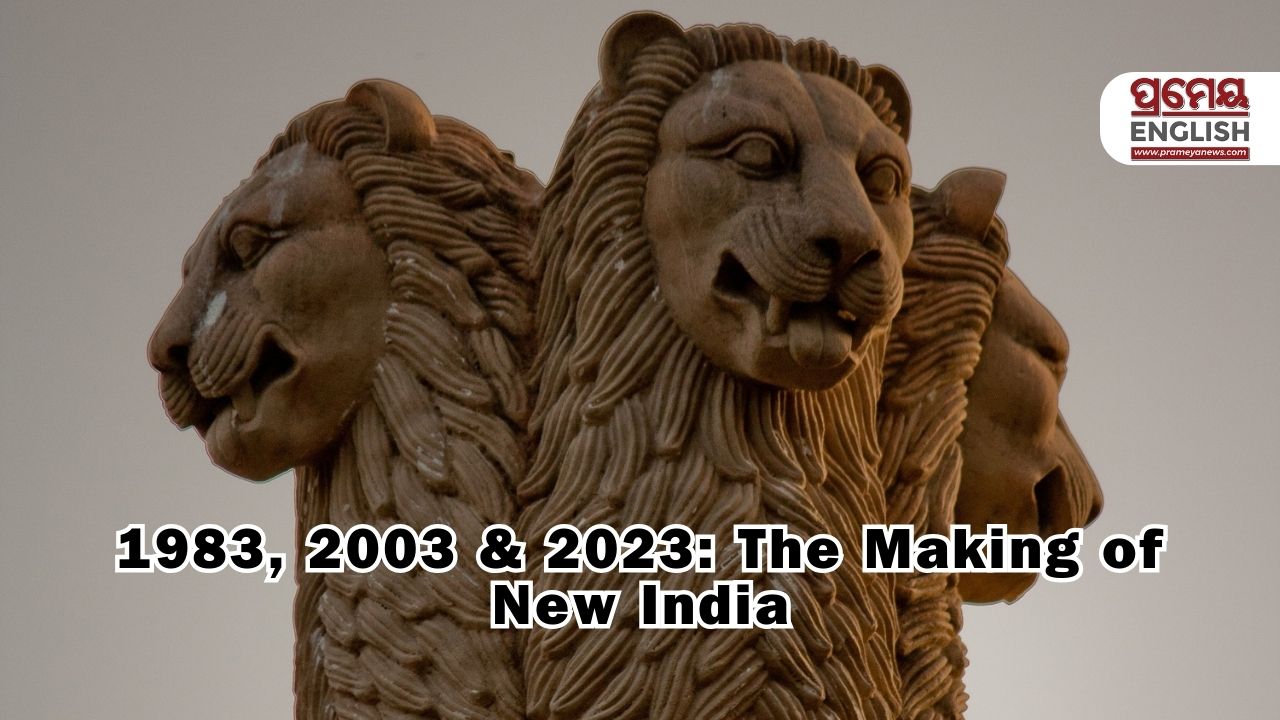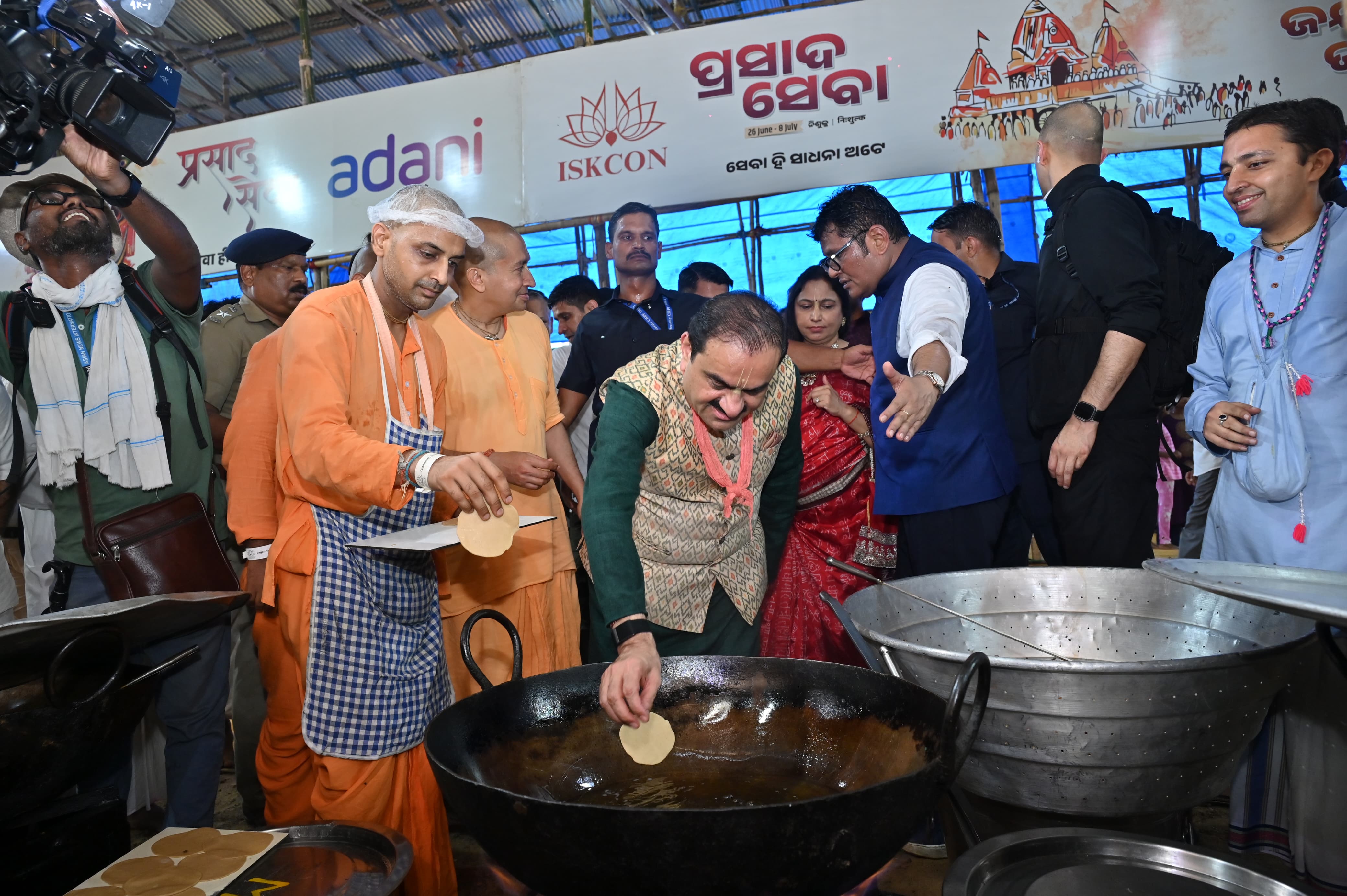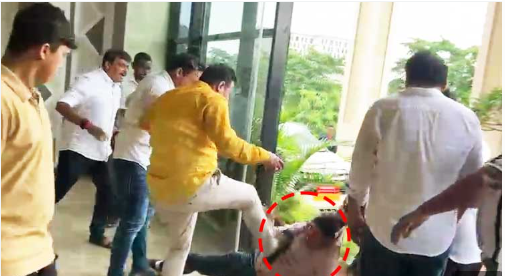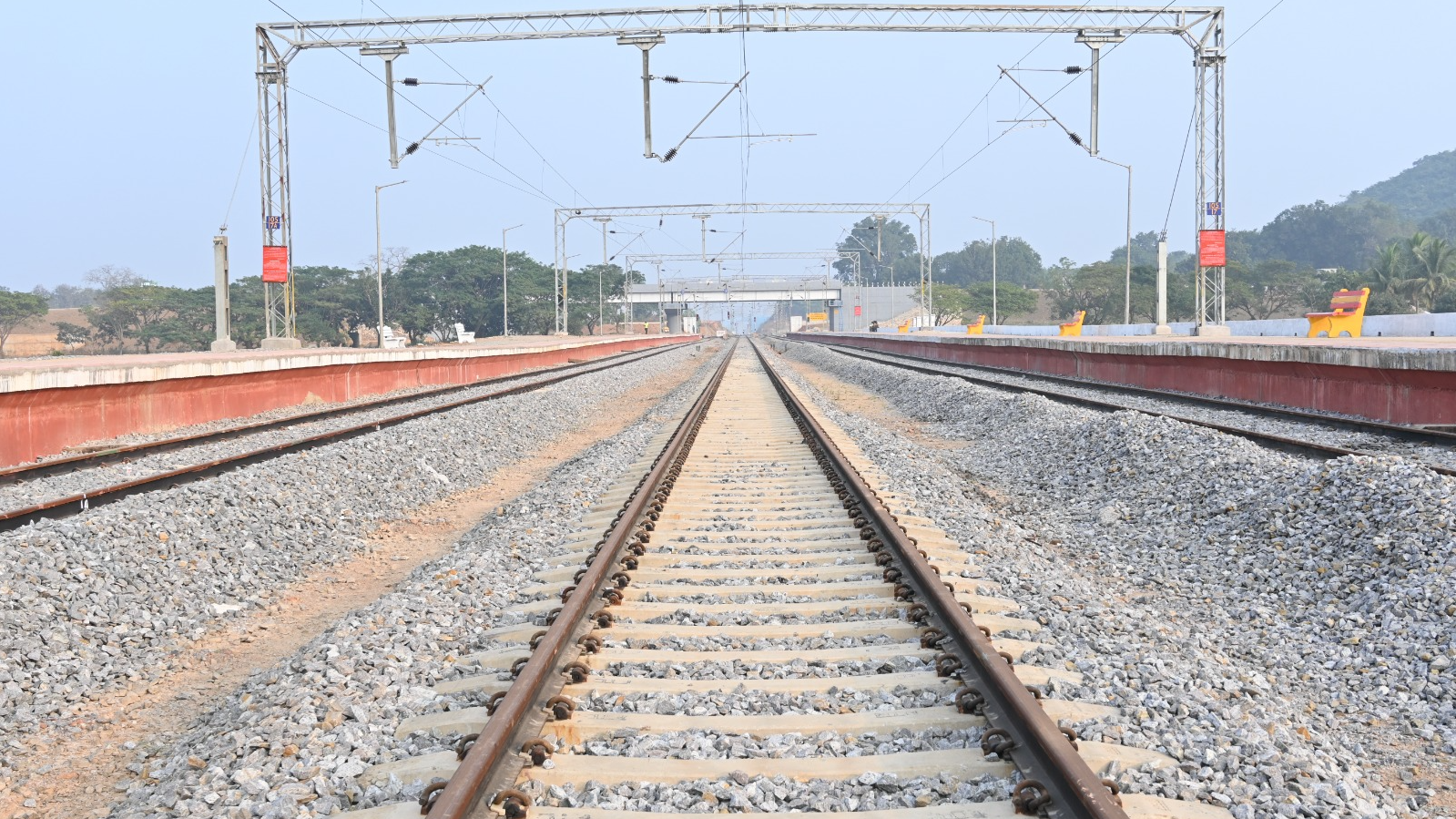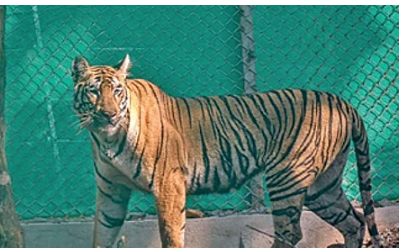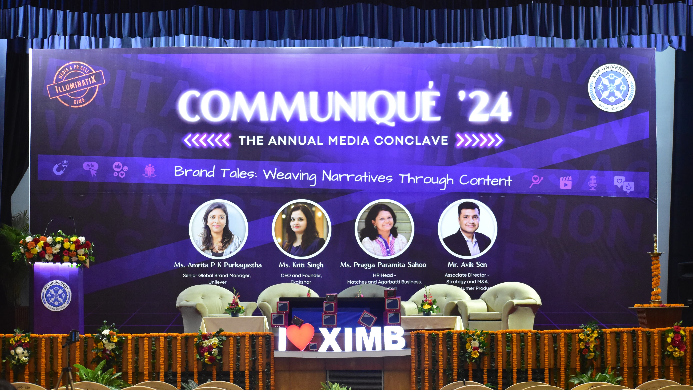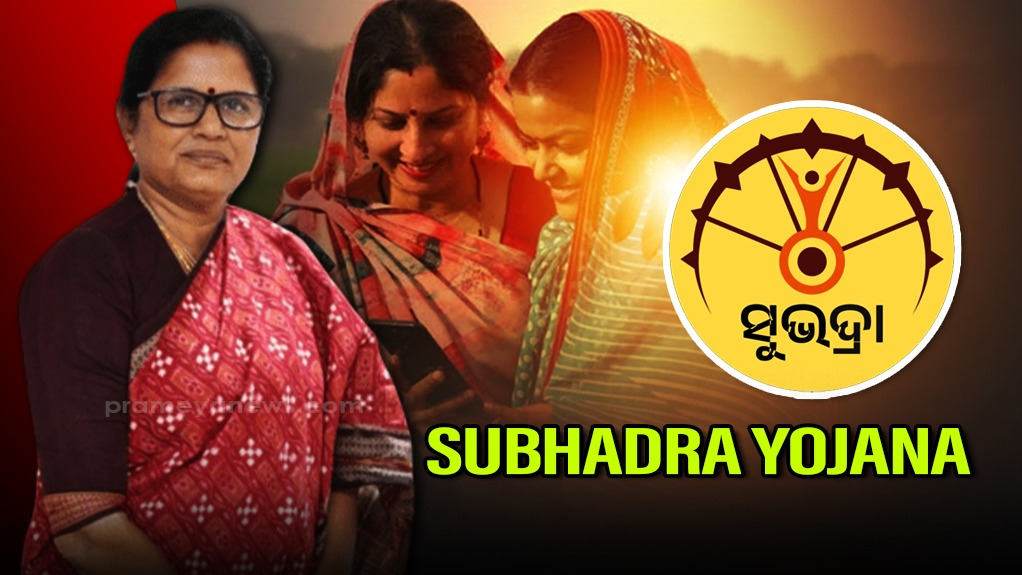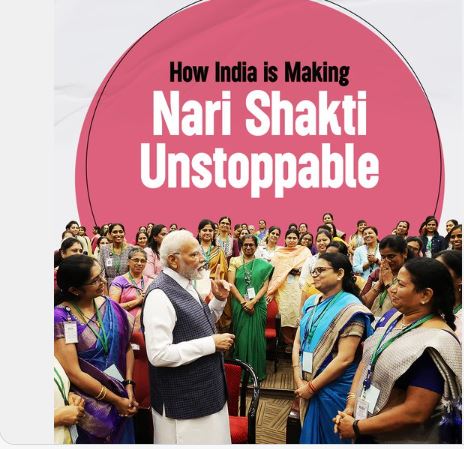Sutanu Guru
Too many people have already written about how and why Australia defeated the “invincible” India to lift the Cricket World Cup for the sixth time. Many more will write even more about it. And since about 750 million Indians are convinced they are cricket experts who know more about the nuances of the game than Sunil Gavaskar & Ricky Ponting, I have no desire to join that hallowed list and offer my “expert” comments. Besides, while I am still a cricket fan, I no longer belong to the category of Indians who drop everything to watch India playing. You have to agree, there are other interesting, intriguing and important things to indulge in. I wasn’t watching the finals and displaying individual snobbery by reading a book called The Identity Trap by Yascha Mounk, there was no chance of keeping up with the score. Incidentally, all of you who are interested in the war of ideas over the Israel-Palestine-Hamas issue or even the war of ideas over Hindutva & Muslim “appeasement” in India, this is a profound and must read book. India is heavily populated and noisy. So I had a pretty good idea of the match in progress without watching. I knew Australia was chasing 240 runs. Three times over about 45 minutes, there were loud and cheerful noises in my housing society. I knewIndia was picking up wickets. There was silence after that for a long, long time. I am no Sherlock Holmes, but could deduce that India was losing.
More than cricket, I started wondering about the changing India we all have witnessed over the decades. Since a huge majority of Indians that belongs to the mobile, internet, Instagram, Twitter and What’s App generation was not even born in 1983 when captain Kapil Dev lifted the Cricket World Cup, they would be unable to discern the massive changes in Indian society, politics, economy and more that have occurred since then. Yes, cricket too has changed fundamentally.
When India beat West Indies in June 1983, I was in Pune where I had gone to apply for a seat in the M. A in Economics program offered by the Gokhale Institute of Politics & Economics. A relative who was an army doctor had offered shelter and help. That evening, generous as he was, he took me to a well known restaurant whose name was George or something. The food and the ambience-and the prices on the menu card-were incredible for a lower middle class youngster from Odisha. Equally incredible was a colour TV showing the match live. The relative and I ate slowly and watched Viv Richards fall and then cheered with all other customers and staff as West Indies collapsed. India was desperately poor back then. But anyone with eyes open could see changes. Colour TV had entered the living rooms of those families who could afford it. The Bajaj stranglehold over the two wheeler market was being broken by new brands made and sold in collaboration with Japanese companies. Maruti cars were visible on the roads. The Congress dominated India nationally but had started losing its grip at the state level. Terrorism was emerging as a big threat.
In 2003, I was in Delhi and a working professional. There really was no comparison between India in 1983 and in 2003. Cricket still signed supreme. Sachin Tendulkar was the new God in place of Sunil Gavaskar. India had weathered western sanctions after going nuclear in 1998 and was emerging as a confident nation. Poverty was very much around, but far less than the humiliating poverty one saw in 1983. The BJP was in the process of dislodging the Congress as the major national party. A plethora of regional parties and coalition governments were becoming the norm. Terrorism was an even more dangerous threat. Pakistan and the terrorists it funnelled into India were an existential threat. The world continued to “hyphenate” India with Pakistan. But discerning folks had started believing in the future of India. A Goldman Sachs report in 2003 forecast that India will become the third largest economy by 2050. Many scoffed at it. The mobile phone revolution was taking off in India as call rates dropped dramatically. India was on the move. But China was galloping. Of course, India lost the World Cup final to Australia.
It is 2023 now and India is definitely on the move. The changes between 1983 and 2023 are, to use words of the new generation, are mind blowing. Poverty is still around. But plumbers, electricians and masons own and drive two wheelers. Even a poor child in a village has access to a basic smart phone. In fact, tens of millions of Indians would have watched parts of the India-Australia final on their smart phones. The galloping China has slowed down but will remain miles ahead of India for a long time. Terrorism is still a threat; but not as bad as it was in the past. No major power in the world now treats India and Pakistan on “equal” terms. The de-hyphenation is complete. The BJP has decisively replaced the Congress as the dominant political force at the national level. But it struggles in state level politics. The GDP of India is on the verge of crossing $ 4 trillion. And it will become the third largest economy of the world by 2028. India is slowly emerging as a sports power to reckon with a record 107 medals in Asian Games. And of course, India lost to Australia in the World Cup finals.
Disclaimer:
This is the personal opinion of the author. The views expressed in this write-up have nothing to do with www.prameyanews.com.







